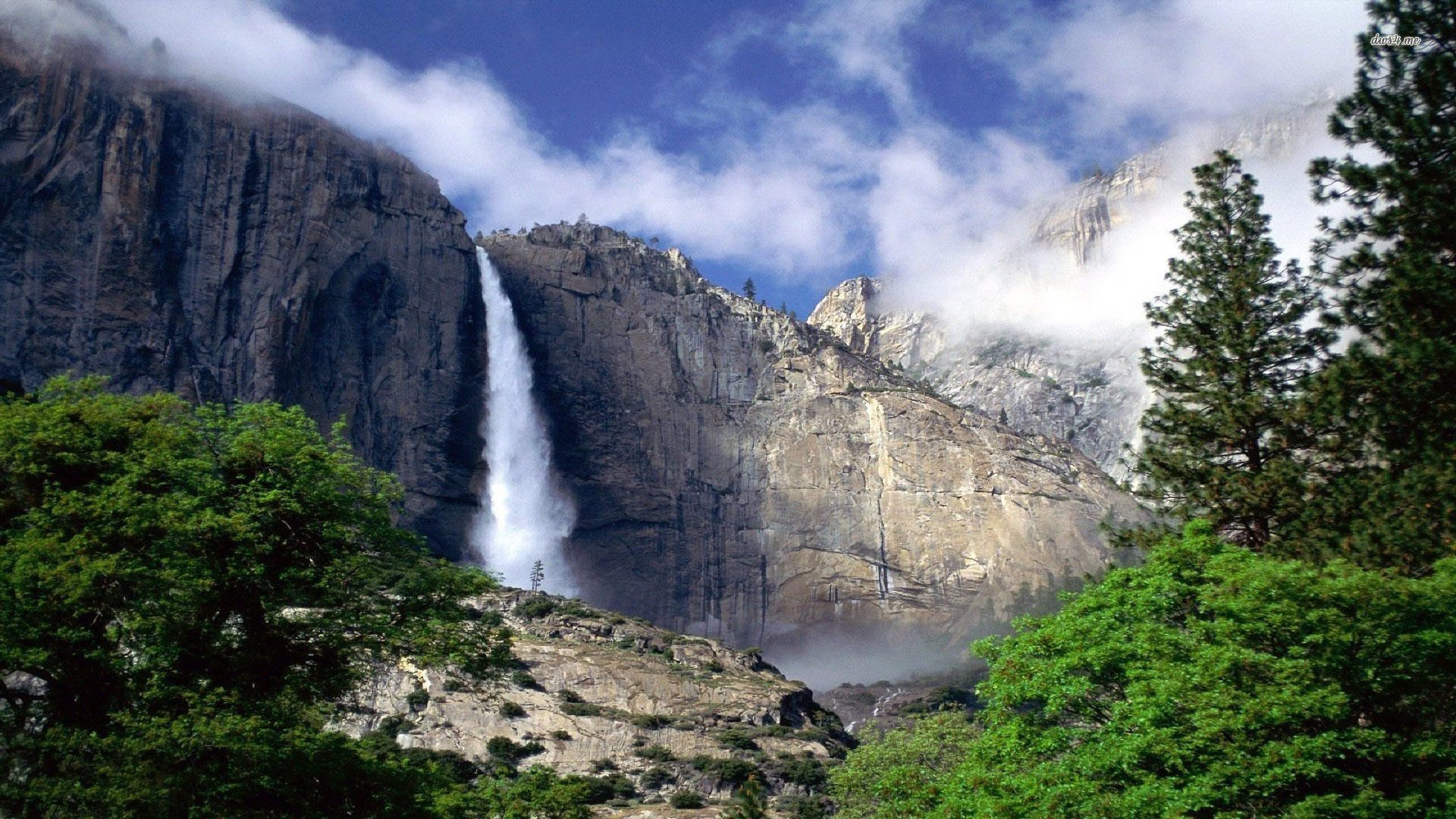


The next step is to determine the variable costs incurred in the production process. The first step when calculating the cost involved in making a product is to determine the fixed costs. They are affected by various factors, such as price discrimination, externalities, information asymmetry, and transaction costs. Marginal costs vary with the volume of output being produced. The management of a company relies on marginal costing to make decisions on resource allocation, looking to allocate production resources in a way that is optimally profitable.įor example, if the company wants to increase production capacity, it will compare the marginal cost vis-à-vis the marginal revenue that will be realized by producing one more unit of output. Since fixed costs remain constant regardless of any increase in output, marginal cost is mainly affected by changes in variable costs. It shows the increase in total cost coming from the production of one more product unit. Marginal cost is the cost of producing one additional unit of output. The goal of the company should be to minimize the average cost per unit so that it can increase the profit margin without increasing costs. Management uses average costs to make decisions about pricing its products for maximum revenue or profit. It can also be obtained by summing the average variable costs and the average fixed costs. The average cost refers to the total cost of production divided by the number of units produced. The total cost includes the variable cost of $9,000 ($9 x 1,000) and a fixed cost of $1,500 per month, bringing the total cost to $10,500. The company also pays a rent of $1,500 per month. For example, assume that a textile company incurs a production cost of $9 per shirt, and it produced 1,000 units during the last month. It takes into account all the costs incurred in the production process or when offering a service. Total cost encompasses both variable and fixed costs.

If the raw materials and direct labor costs incurred in the production of shirts are $9 per unit and the company produces 1000 units, then the total variable costs are $9,000. Examples of variable costs include sales commissions, utility costs, raw materials, and direct labor costs.įor example, in a clothing manufacturing facility, the variable costs may include raw materials used in the production process and direct labor costs. If the production volume is zero, then no variable costs are incurred. That is, they rise as the production volume increases and decrease as the production volume decreases. Variable costs are costs that change with the changes in the level of production. In the long term, the costs of producing a product are variable and will change from one period to another. Other examples of fixed costs include salaries and equipment leases.įixed costs tend to be time-limited, and they are only fixed in relation to the production for a certain period. For example, a restaurant business must pay its monthly, quarterly, or yearly rent regardless of the number of customers it serves. This means that the costs remain unchanged even when there is zero production or when the business has reached its maximum production capacity. Fixed costsįixed costs are expenses that do not change with the amount of output produced. There are various types of costs of production that businesses may incur in the course of manufacturing a product or offering a service. In the service industry, the costs of production may entail the material costs of delivering the service, as well as the labor costs paid to employees tasked with providing the service. In economics, the cost of production is defined as the expenditures incurred to obtain the factors of production such as labor, land, and capital, that are needed in the production process of a product.įor example, the production costs for a motor vehicle tire may include expenses such as rubber, labor needed to produce the product, and various manufacturing supplies. Production costs may include things such as labor, raw materials, or consumable supplies. Cost of production refers to the total cost incurred by a business to produce a specific quantity of a product or offer a service.


 0 kommentar(er)
0 kommentar(er)
